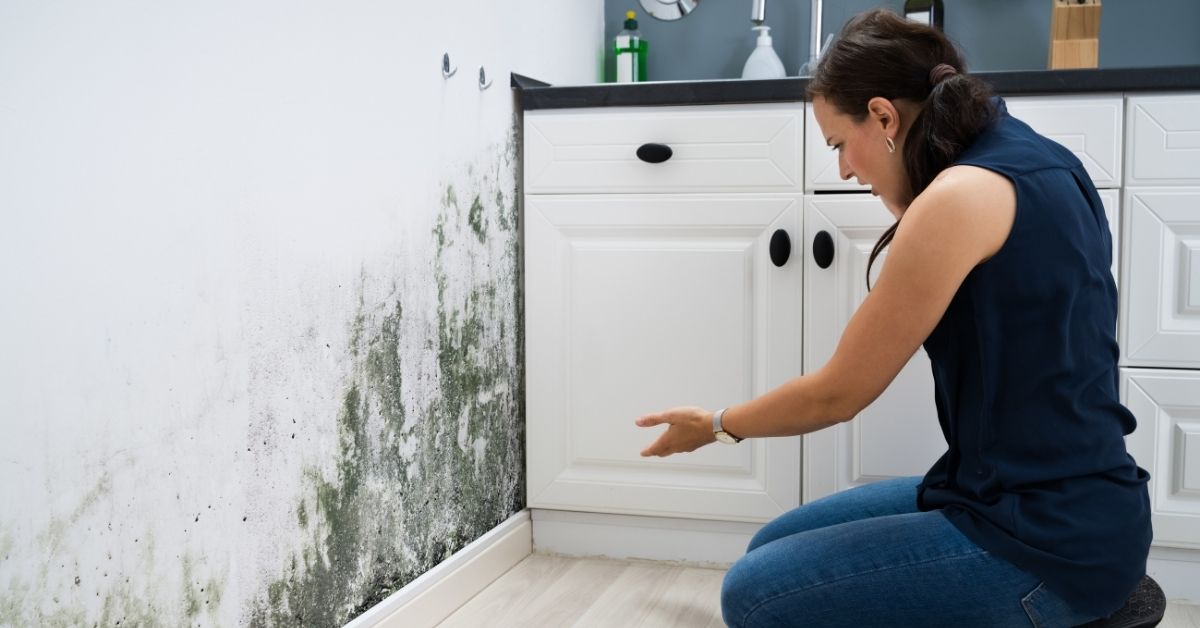What to Do if Your Landlord Ignores Your Claim of Unsafe Living Conditions

Do you believe you’re living in a dangerous environment? Have you tried to tell your landlord in California but aren’t being taken seriously? If so, you may be able to file a lawsuit to hold your landlord accountable so you can live in safe conditions again. Knowing your rights can help you get this issue resolved quicker so that you and your family are safe again.
Per California law, landlords must maintain property in a safe or habitable living condition. If you and the landlord cannot agree on the condition of the rental unit, however, this is one of the most common ways for disputes to begin. If you have already tried to work things out directly with your landlord and were unsuccessful resolving things, our California habitability lawyers can help you with a claim of unsafe living conditions.
What is Habitability Law?
First, know that there is no way for a landlord to waive the habitability requirement. This is mandated by law and it means that a rental unit must have:
- Functioning utilities
- Working water
- Safe structural conditions
- Functioning heating
While these are the baseline for habitability, a landlord also must respond to and fix issues such as mold, infestations, or broken appliances. Make sure to read through your lease to see what is required to notify the landlord or property manager of these problems. As you make your notice of the issues, keep track of what you sent and when. Store any photos, videos, or other communication backed up somewhere online. For example, you might save PDFs of emails from your landlord or your own unanswered emails with proper notice to them of the dangerous conditions.
This information not only supports your timeline, but may become evidence if you have to file an unsafe living conditions lawsuit in California.
Has My Landlord Breached if They Didn’t Make Repairs?
Landlords are required to make repairs if the issues make the rental unit uninhabitable safety-wise. The burden of proof falls on landlords to make necessary repairs. Failure to make these repairs in a timely manner may constitute a breach that allows you to file a lawsuit for unsafe living conditions.
Note that not every minor issue allows you to allege that the landlord has breached their responsibility. You need to speak with a claim of unsafe living conditions attorney to further clarify whether your landlord has violated these safety risks. Knowing the key factors involved in proving a breach is critical if you believe you are in an unlivable rental.
Any issues that materially affect your safety and health, such as infestations, broken facilities, lack of heat, or mold may often qualify. If a building code violation renders a rental unit unlivable or substandard, this may also be used in a claim of unsafe living conditions claim. Normal wear and tear, however, will not meet the grounds for a breach of habitability claim. This can only occur if the issues become serious enough to impact your livability, so the severity of the issues matters the most.
When Does My Landlord Have to Make a Repair?
A landlord must make a repair within a reasonable time frame. Typically, this is seen as 30 days or less, but if the repairs are more extensive, you may need to allow longer time.
Make sure you provide evidence of the issue to your landlord, which might include photos or videos. It is not recommended that you make the repairs yourself or hire someone to address them without talking to a lawyer first. Trying to take action on your own could lead to more legal problems and leave you worse off. Since your landlord has the responsibility to maintain safe living conditions,
Finding the right lawyer to help you navigate a claim of unsafe living conditions is crucial. You may need to identify an attorney as soon as possible so you can protect your health and safety and hold your landlord accountable. Set aside a time to speak with our California Claim of Unsafe Living Conditions attorney to learn more about filing a case.
Our lawyers will help you understand your rights and the best way to proceed when you’ve already tried to work things out directly with the landlord.


